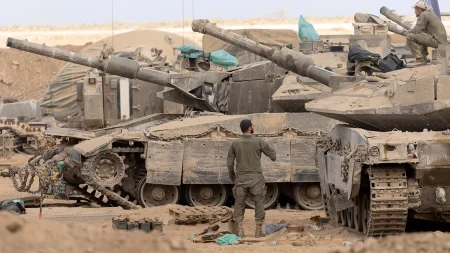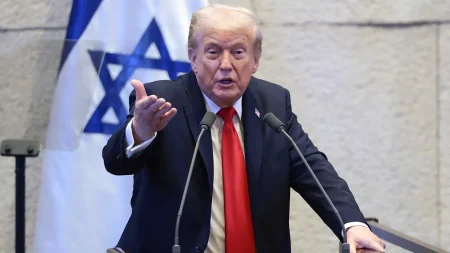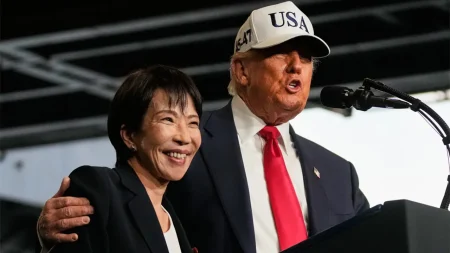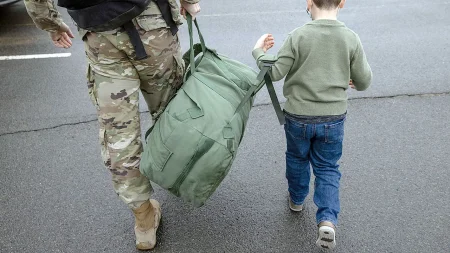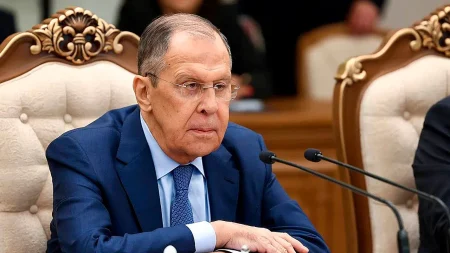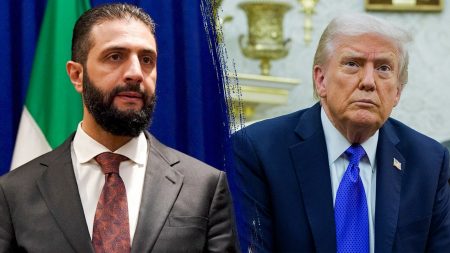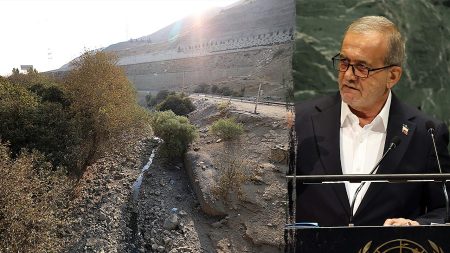Tragedy Strikes in South Asia: Deadly Explosions Rock India and Pakistan
In a devastating 24-hour period, twin explosions ripped through the capital cities of India and Pakistan, leaving at least 20 people dead and dozens more injured. These attacks have shattered the relative calm that had settled over the region following a May 2025 ceasefire agreement brokered with help from the Trump administration.
The first explosion occurred Monday evening in New Delhi, India, near the iconic Red Fort, a 17th-century monument in the bustling old quarter of the city. A car detonated at a traffic signal close to a metro station, killing eight people and injuring 20 others. The powerful blast damaged nearby vehicles and presumably killed all occupants of the exploding car. Indian authorities quickly mobilized, launching an investigation under the country’s anti-terrorism laws. Forensic teams were dispatched to the scene to comb through the debris for clues, while security measures were tightened across several states. The attack’s timing and location—targeting a crowded area near one of India’s most recognizable historical landmarks—suggests a deliberate attempt to maximize casualties and psychological impact.
Just hours after the New Delhi explosion, tragedy struck again in Islamabad, Pakistan, where a suicide bomber detonated explosives outside a district courthouse. This attack proved even deadlier, killing at least 12 people and wounding 27 others. Interior Minister Mohsin Naqvi reported that the attacker had attempted to enter the courthouse but ultimately detonated the device beside a police vehicle when unable to gain access. The Pakistani Taliban, known as Tehreek-e-Taliban, quickly claimed responsibility for the bombing, continuing their campaign of violence against government institutions. The courthouse attack wasn’t an isolated incident; earlier that same day, another suicide attack had killed three people elsewhere in Pakistan, and militants had stormed a military school in the country’s northwest region, though no group immediately claimed responsibility for these additional attacks.
These coordinated acts of violence come at a particularly sensitive time for India-Pakistan relations. In May 2025, after weeks of the heaviest cross-border fighting in decades, both nations agreed to what President Donald Trump described as a “full and immediate ceasefire.” The Trump administration played a significant mediating role in these negotiations, with Pakistan publicly acknowledging and thanking the United States for its diplomatic efforts. Indian officials, however, disputed Trump’s suggestion that trade discussions had influenced the ceasefire agreement, highlighting the complex and sometimes contradictory narratives that continue to characterize the relationship between these nuclear-armed neighbors. Regardless of the exact diplomatic mechanisms, the ceasefire had succeeded in reducing violence along the contested border, though Indian officials have continued to report alleged violations.
The history between India and Pakistan is marked by deep-seated tensions dating back to the 1947 partition that created the two nations from British India. Three full-scale wars and numerous smaller conflicts have erupted in the decades since, with the disputed territory of Kashmir remaining a particular flashpoint. The May 2025 ceasefire represented a hopeful moment in this troubled relationship, pulling both countries back from what many observers feared could escalate into a catastrophic conflict between nuclear powers. The Trump administration’s involvement demonstrated the continuing importance of American diplomacy in South Asian security matters, even as both India and Pakistan have developed increasingly independent foreign policies and sought relationships with other global powers.
As both nations now grapple with the aftermath of these deadly attacks, questions arise about their impact on the fragile peace. Will these bombings trigger a new cycle of accusations and retaliation, or will the shared experience of terrorism strengthen resolve for cooperation? Security experts note that non-state actors—terrorist groups with their own agendas—often aim precisely to disrupt peace processes and inflame tensions between nations. The coming days will be critical as leaders in New Delhi and Islamabad respond to these provocations. Their choices will determine whether the May 2025 ceasefire can withstand this test, or whether South Asia will once again find itself sliding toward conflict. For the civilians caught in the crossfire, including the dozens of families now mourning loved ones lost in these senseless attacks, the stakes could not be higher.






